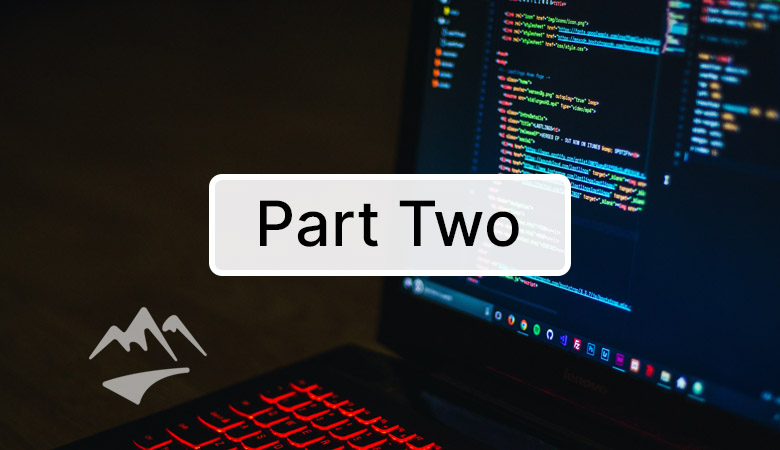Published on
This is part two of a two-part series about elegant code; click here for part one.
We continue our quest for excellence by achieving the ability to write elegant code.
To elevate the elegance of our code, we can draw inspiration from the art of storytelling and book writing. Good stories captivate us with their clarity, structure, consistency, and ability to evoke emotions. The software we write should tell a story that is enjoyable and clear to the reader.
In this article, we'll cover six tips for writing elegant code.
What is Elegant Code?
Elegant code is easy to read, understand, and maintain. It is code that is well-organized, concise, and efficient. Think about the difference between reading a technical manual and a great novel – the difference in craftsmanship, readability, and polish.
Advantages of Elegant Code for Software Development
When code is easily comprehended, developers can quickly grasp its purpose and functionality, simplifying maintenance and modification.
Let's take a look at the advantages of elegant code for software development:
- Elegant code is characterized by modularity and a focus on reusability. This allows developers to reuse parts of the code across different projects, enhancing efficiency and consistency.
- With a well-organized structure, clear documentation, and adherence to best practices, elegant code can be updated and modified with minimal effort, ensuring adaptability and resilience in the face of change.
- Elegant code is optimized for performance, delivering smooth and fast applications. By concentrating on efficiency, developers can provide superior user experience and meet the demands of modern computing environments.
- Elegant code gracefully handles edge cases and unexpected inputs, reducing the likelihood of bugs and crashes. This results in more stable and reliable software.
6 Techniques for Writing Elegant Code
We can create efficient, functional, and enjoyable software by applying these storytelling principles to our coding practices.
Prioritize Clarity
A well-written story is easy to understand and follow. Similarly, elegant code should be clear and easy to read. Use descriptive variable and function names and adhere to established formatting and coding conventions. This will make it easier for others to understand the purpose and functionality of your code.
Pay Attention to the Structure
A good story has a coherent structure with a clear beginning, middle, and end. In the same way, elegant code should be well-organized, with related functions and classes grouped. This makes it easier to navigate and understand the overall architecture. Consider using comments, modules, and classes to separate and organize different application parts, much like how an author uses chapters, headings, and subheadings to organize a book.
Remember Consistency
Consistency is vital in storytelling. Likewise, elegant code should be consistent in style, naming conventions, and design patterns. This makes the code easier to read and maintain. You can create a more cohesive and understandable codebase by following a consistent coding style and adhering to established best practices.
Continuous Revision and Editing
Good stories and books often result from multiple drafts and revisions. As an author revises a manuscript, they remove unnecessary details and improve the flow. Similarly, elegant code should be refined through iterations. Review and improve your work over time to enhance readability, efficiency, and maintainability. Don't be afraid to refactor your code, simplify complex functions, and remove redundant code as you revise and polish your work.
Simplicity is Key
A good story doesn't overcomplicate things or introduce unnecessary elements. Elegant code should focus on solving problems using the most straightforward and efficient methods possible, avoiding over-engineering and unnecessary complexity. Keep your code clean and clear, making it easier to understand and maintain.
Try Engaging the Audience
A great story keeps the reader's interest and evokes emotions. While code may not evoke emotions similarly, elegant code should engage other developers by being easy to understand, modular, and maintainable. This makes it enjoyable to work with and fosters a collaborative environment. Strive to write clean, modular functions that are easy to understand and modify, making your codebase more approachable for others.
Are You Ready to Start Your Story?
By incorporating these storytelling principles into our coding practices, we can create elegant, efficient, secure code that is a pleasure to work with. This will help us create better software applications and foster a more collaborative development environment.
So, take that next step and become the author your application deserves.


